- Apple is moving forward with "spaceship" campus in Cupertino
- Circular building would house 13,000 employees, be surrounded by greenspace
- The campus was one of last major projects for late CEO Steve Jobs
- Apple plans to begin moving into the campus in 2015
(CNN) -- It will cover 2.8 million square feet and have its own power plant inside its massive, gleaming circular design.
It will be covered in solar panels and house up to 13,000 people on a daily basis -- not to mention 6,000 trees.
It's been compared to a spaceship. And now, as Apple looks to make its innovative new headquarters a reality, it's checking with the neighbors.
Due to be completed in 2015, Apple's new headquarters may be one of co-founder Steve Jobs' final, longest-lasting legacies.
This week, Apple reached out to residents of Cupertino, California, where its current headquarters resides (and will continue to after the new campus is built). In a letter obtained by blog 9to5 Mac, the company seeks to allay some concerns that its neighbors have expressed since the plan was submitted to the city last summer.
Former Apple employee explains 'upside-down' logo
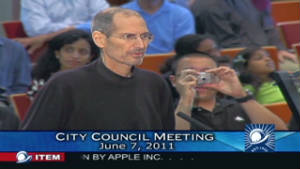 2011: Jobs' pitch for a new Apple campus
2011: Jobs' pitch for a new Apple campusAccording to the letter, the four-story building will be a research facility that will not replace the existing campus on 1 Infinite Loop. And it will not be open to the public, so there will be no museum or corporate store.
The building will contain an auditorium that seats 1,000 and will be used for special events like product unveilings, though.
The letter, from Apple Chief Financial Officer Peter Oppenheimer, says the company plans to break ground on the site as soon as Cupertino gives its approval, which is expected this year.
Neighbors are invited to send Apple a letter or go to the city's website to express any concerns.
In the suburban city of roughly 58,000 people, the primary concerns have focused on additional traffic and environmental impact, both of which Apple says it is addressing in the design of the campus, which is expected to get LEED (Leadership in Energy and Environmental Design) certification as an environmentally friendly project.
The new campus was one of the last major initiatives for Jobs, who died last year.
In 2010, when HP abandoned its Cupertino campus, Jobs quietly arranged to buy the site, according to Walter Isaacson's biography, "Steve Jobs."
"I want to leave a signature campus that expresses the values of the company for generations," Jobs told Isaacson.
A team of 50 architects was hired, and Jobs, as was his habit, was intimately involved in the details, according to the book.
Much of the campus sits on the former site of an apricot orchard, and Jobs required that 80% of the campus be natural, with more than 6,000 trees. Apple hopes to raze 26 buildings on the site to make room for the "spaceship," which will be surrounded by grass and trees.
A June 7 City Council meeting was one of Jobs' last public appearances.
At the meeting, he spent about 20 minutes introducing the project and answering questions.
"It's a little like a spaceship landed," he said as council members got their first look at the design. "I think the overall feel of the place is going to be a zillion times better than it is now.
"I think we do have a shot of building the best office building in the world. I really do think architecture students will come here to see this. I think it could be that good."
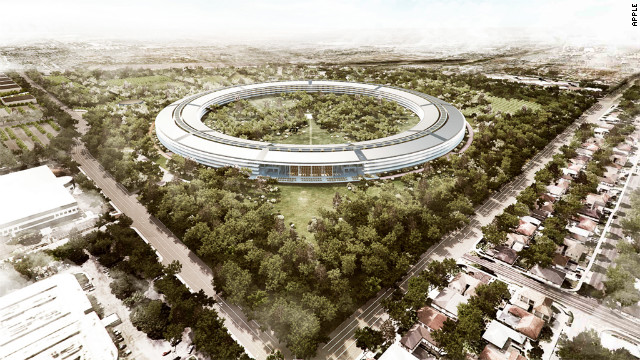
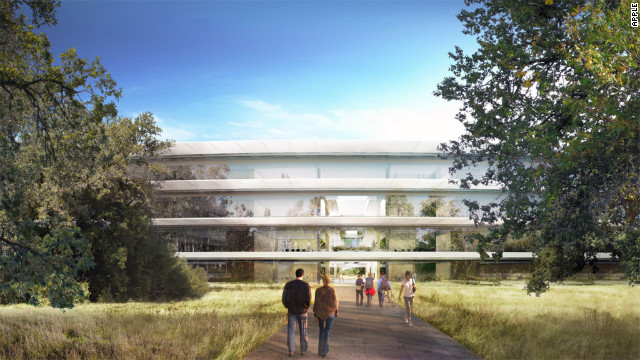
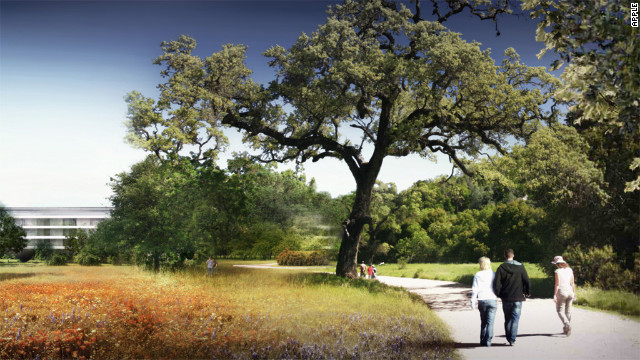
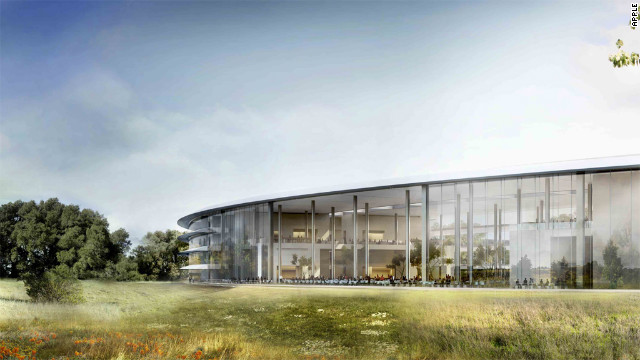
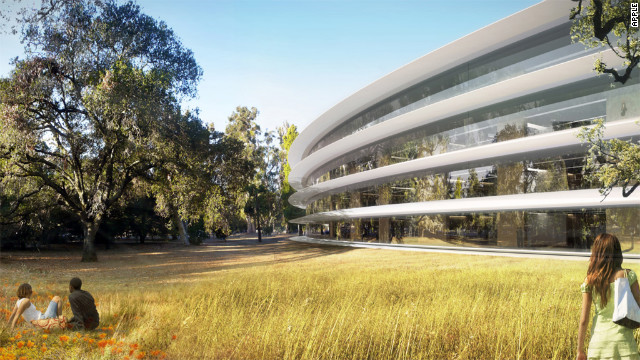
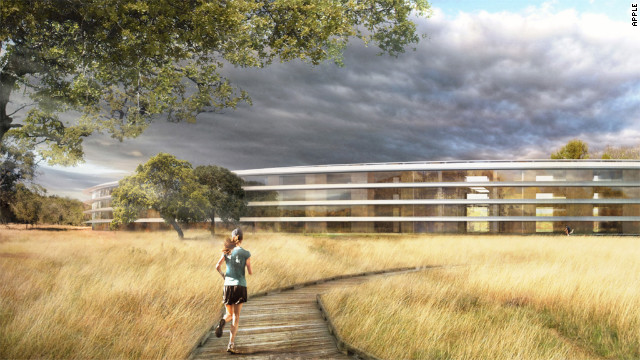
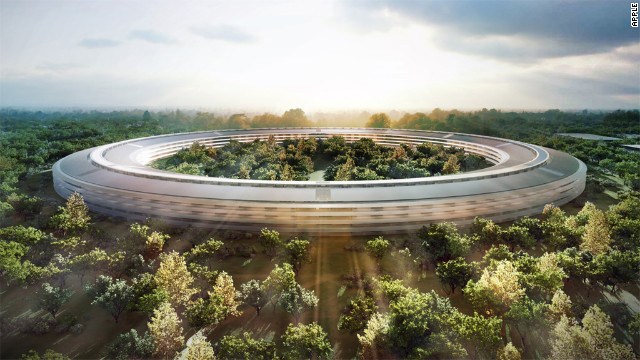











{ 0 comments... Views All / Send Comment! }
Posting Komentar